Home>Interior Design>How To Get Interior Design Clients


Interior Design
How To Get Interior Design Clients
Modified: January 19, 2024
Looking for ways to attract interior design clients? Learn essential strategies and tips to grow your interior design business and attract more clients.
(Many of the links in this article redirect to a specific reviewed product. Your purchase of these products through affiliate links helps to generate commission for Storables.com, at no extra cost. Learn more)
Introduction
Welcome to the world of interior design! As an interior designer, one of the most vital aspects of your business success is acquiring and retaining clients. Whether you are just starting out or looking to expand your existing client base, this article will provide you with valuable insights and strategies to attract and secure new interior design clients.
The interior design industry is highly competitive, and standing out in a crowded market can be a challenge. However, with the right approach and a solid understanding of your target audience, you can achieve your goals and build a thriving interior design business.
In this article, we will explore various techniques and strategies that will help you connect with your ideal clients, showcase your expertise, and ultimately attract more projects. From building an impressive portfolio to leveraging the power of online platforms, let’s dive into the world of acquiring interior design clients.
Key Takeaways:
- Understand your target audience to tailor your marketing efforts and services, making you more appealing to potential clients and increasing the likelihood of building long-term relationships.
- Building an impressive portfolio showcases your expertise, creativity, and ability to transform spaces, setting you apart from competitors and inspiring trust in potential clients.
Understanding Your Target Audience
Before embarking on any marketing efforts, it is crucial to have a thorough understanding of your target audience. By understanding their needs, preferences, and pain points, you can tailor your marketing messages and services to effectively attract and connect with potential clients.
Start by creating buyer personas, which are fictional representations of your ideal clients. These personas should include demographic information such as age, gender, location, and income level, as well as psychographic information such as interests, lifestyle, and values. Conduct research and gather insights to inform these personas, either through online surveys, interviews, or analyzing industry trends.
Once you have a clear understanding of who your target audience is, you can develop targeted marketing campaigns that resonate with them. For example, if your target audience consists of busy professionals seeking a modern and functional aesthetic, you can position your services as a time-efficient solution that combines style and functionality.
In addition to understanding their design preferences, it is important to consider their budgetary constraints. Not all clients will have the same financial resources, so offering a range of services and flexible pricing options can attract a wider range of clients. This could include offering design packages at different price points or providing a phased approach where clients can tackle their projects in stages.
Finally, consider where your target audience spends their time and how they consume information. Are they active on social media? Do they attend design events or trade shows? By understanding their behaviors and preferred channels, you can strategically position your business to reach them effectively. This could include showcasing your work on platforms such as Instagram or LinkedIn, or participating in industry events to connect with potential clients face-to-face.
By taking the time to understand your target audience, you can tailor your marketing efforts and services to meet their specific needs and preferences. This will not only make you more appealing to potential clients but also increase the likelihood of building long-term relationships and securing repeat business.
Building an Impressive Portfolio
An impressive portfolio is a powerful tool for attracting interior design clients. It showcases your expertise, creativity, and ability to transform spaces. When potential clients see the quality of your past work, they can envision how you can bring their own spaces to life.
To build an impressive portfolio, start by documenting your previous projects. Take high-quality photographs that capture the essence of each space, highlighting key design elements and details. If possible, include before and after photos to demonstrate the transformative power of your work.
In addition to photographs, consider including project descriptions that provide context and tell a story. Explain the client’s goals, challenges you faced during the project, and how you overcome them. This adds depth and showcases your problem-solving skills.
When selecting projects to include in your portfolio, choose a variety of styles, sizes, and budgets to demonstrate your versatility and adaptability. This helps potential clients see that you can work with a range of design aesthetics and project scopes.
As your career progresses, update your portfolio regularly with your latest work. This not only shows that you are active and current in the industry, but it also demonstrates your growth and development as a designer.
In addition to a traditional printed portfolio, consider creating a digital portfolio that can be easily accessed online. This allows potential clients to browse your work at their convenience, whether it’s through your website or online platforms such as Houzz or Behance. Ensure that your digital portfolio is well-organized, visually appealing, and showcases your strongest projects prominently.
Remember, your portfolio is not just a collection of images; it is a reflection of your design philosophy, attention to detail, and ability to create beautiful and functional spaces. Make sure each project in your portfolio tells a compelling story and highlights your unique approach to interior design.
Building an impressive portfolio takes time and effort, but it is an invaluable asset for attracting interior design clients. It serves as a visual representation of your skills and expertise, setting you apart from competitors and inspiring trust in potential clients.
Networking and Building Relationships
In the interior design industry, networking and building relationships are essential for attracting new clients and establishing a strong reputation. By connecting with other professionals, industry experts, and potential clients, you can expand your network and create opportunities for collaboration and referrals.
Start by attending industry events, such as trade shows, design conferences, and networking mixers. These events provide a platform to meet and connect with other professionals in the field, including architects, contractors, and fellow designers. Be sure to bring business cards and engage in meaningful conversations. Introduce yourself, share your passion for design, and exchange contact information to stay in touch.
Additionally, joining professional organizations and associations can provide valuable networking opportunities. These organizations often host local chapter events and offer membership directories, allowing you to connect with other professionals in your area. As you build relationships within these organizations, you may also gain access to educational resources, mentorship programs, and industry insights.
Don’t underestimate the power of online networking as well. Connect with other professionals and potential clients on platforms like LinkedIn, Instagram, and Facebook. Share your work, engage with others’ posts, and participate in relevant design-related discussions. Building an online presence and fostering connections can lead to new opportunities and collaborations.
When networking, remember that building relationships is about mutually beneficial connections. Don’t approach networking solely with the intent of gaining clients. Instead, focus on establishing genuine relationships, offering support, and providing value to others in your network. By nurturing these relationships over time, you will become known as a trusted professional in your field.
Referrals from satisfied clients and industry contacts are invaluable for growing your client base. Keep in touch with past clients and colleagues, and encourage them to refer you to their network. Consider implementing a referral program, offering incentives for clients who refer you to new projects. Word-of-mouth recommendations can be highly influential in attracting new clients, as they come with a built-in level of trust.
Networking and building relationships require time and effort, but the benefits are well worth it. By expanding your network, fostering meaningful connections, and nurturing relationships, you can increase your visibility, attract new clients, and establish yourself as a respected interior design professional.
Utilizing Online Platforms and Social Media
In today’s digital age, utilizing online platforms and social media is crucial for reaching a wider audience and attracting interior design clients. Online platforms provide a way to showcase your work, raise brand awareness, and connect with potential clients in a cost-effective and efficient manner.
Start by creating a professional website that serves as a hub for your interior design business. Your website should have a clean, visually appealing design, and include an about page that highlights your expertise and showcases your portfolio. Make it easy for visitors to contact you and inquire about your services.
Optimize your website for search engines by incorporating relevant keywords throughout your content. This will help improve your website’s visibility in search engine results and increase the chances of potential clients finding you when searching for interior design services in your area.
In addition to a website, establish a presence on social media platforms such as Instagram, Facebook, and Pinterest. These platforms allow you to share your work, engage with your audience, and attract potential clients. Create visually captivating content that reflects your style and showcases your projects. Use hashtags strategically to increase the visibility of your posts and attract followers who are interested in interior design.
Consistency is key when it comes to social media. Regularly post high-quality content, engage with your audience, and respond to comments and inquiries promptly. Build a community by following other designers, industry influencers, and potential clients. Like and comment on their posts to build rapport and increase your visibility.
Consider using social media advertising to reach a broader audience. Platforms like Facebook and Instagram offer targeted advertising options that allow you to define your audience based on demographics, interests, and behavior. This can help you reach potential clients who may not have heard of your brand otherwise.
Another valuable online platform for interior designers is Houzz. It is a popular platform specifically for home design and renovation professionals. Create a profile on Houzz and showcase your work, client reviews, and awards. Regularly update your projects and interact with potential clients who reach out to you through the platform.
Lastly, consider creating a blog or contributing articles to established design publications. This allows you to showcase your expertise, provide valuable insights, and position yourself as a thought leader in the industry. Share your blog posts on social media and leverage content marketing strategies to attract readers and potential clients.
Utilizing online platforms and social media is an essential part of modern marketing for interior designers. By optimizing your website, establishing a strong social media presence, and leveraging online platforms like Houzz, you can expand your reach, attract potential clients, and build your brand in the digital space.
Read more: How To Get Clients For Construction Business
Creating a Brand and Unique Selling Proposition
In a competitive industry like interior design, creating a strong brand and unique selling proposition (USP) is crucial for standing out from the competition and attracting clients. Your brand is more than just a logo or a color scheme; it is the essence of your business and what sets you apart.
Start by defining your brand’s vision, mission, and values. What do you want to achieve as an interior designer? What drives your passion for design? Understanding your purpose and the core values you bring to your work will help you shape your brand identity and resonate with your target audience.
Once you have clarity on your brand’s foundation, craft a unique selling proposition. A USP is a statement that sets you apart from your competitors and highlights the unique value you bring to clients. It should express what makes your interior design services different and valuable. Reflect on your strengths, expertise, and the benefits clients can expect when working with you.
For example, your USP could emphasize your ability to create personalized, functional spaces that reflect your clients’ lifestyles and preferences. Or you might highlight your expertise in sustainable design, providing eco-friendly solutions that align with your clients’ values.
Consistency is key when building a brand. Ensure that your brand’s visual identity – including your logo, website, social media profiles, and marketing materials – are aligned and convey a cohesive message. Use consistent colors, fonts, and imagery across all platforms to establish brand recognition and build trust with potential clients.
In addition to visual consistency, be mindful of your brand’s voice and tone. Tailor your messaging to resonate with your target audience. Are you aiming for a sophisticated and elegant tone or a more casual and approachable one? Customize your communication style to match the preferences of your ideal clients.
Remember to highlight your unique strengths and value proposition in all of your marketing collateral. Whether it’s through your website, social media posts, or client consultations, clearly articulate how your services can address your clients’ pain points and offer solutions that surpass their expectations.
Lastly, deliver on the promises of your brand. Ensure that your clients have a fulfilling and positive experience working with you. By offering exceptional customer service, delivering projects on time and on budget, and maintaining open lines of communication, you will build a strong reputation and generate positive word-of-mouth referrals.
Creating a strong brand and unique selling proposition takes time and effort, but it is a vital step in attracting clients and building a successful interior design business. Stand out from the competition, communicate your unique value, and deliver exceptional results to establish yourself as a trusted and sought-after interior design professional.
One tip for getting interior design clients is to network with real estate agents, as they often have clients in need of design services for their new homes. Building relationships with agents can lead to referrals and new clients.
Developing a Strong Online Presence
In today’s digital age, having a strong online presence is essential for attracting interior design clients. A well-established online presence allows you to showcase your work, connect with potential clients, and build credibility in the industry. Here are some key strategies for developing a robust online presence:
1. Professional Website: Create a visually appealing and user-friendly website that showcases your portfolio, services, and contact information. Optimize your website for search engines to improve its visibility and make it easy for potential clients to find you online.
2. Engaging Content: Generate valuable and informative content that resonates with your target audience. Start a blog where you can share design tips, trends, and insights. This positions you as an authority in the field and attracts potential clients who are seeking expertise and guidance.
3. Social Media Marketing: Establish a presence on social media platforms like Instagram, Facebook, and Pinterest. Regularly post high-quality images of your projects, share design inspiration, and engage with your audience. Utilize relevant hashtags to increase your visibility and attract followers interested in interior design.
4. Video Content: Incorporate video content into your online strategy as it is highly engaging and shareable. Show behind-the-scenes footage of your projects, share design tips through video tutorials, and even live stream design consultations or Q&A sessions. Video content helps to build trust and form a deeper connection with your audience.
5. Online Reviews and Testimonials: Encourage your satisfied clients to leave reviews and testimonials on platforms like Google My Business, Yelp, or Houzz. Positive reviews and testimonials provide social proof, building trust and credibility with potential clients who may be considering your services.
6. Online Directories: List your business on reputable online directories related to interior design. This helps potential clients find you when they are actively searching for interior design services in their area. Examples include Houzz, Angie’s List, or local directories for home improvement or design services.
7. Collaborate with Influencers: Partner with influential figures in the design industry or local influencers to reach a broader audience. Collaborate on design projects or sponsor their content to generate exposure and increase your brand visibility.
8. Online Advertising: Consider investing in online advertising to reach a wider audience. Platforms like Google Ads or Facebook Ads allow you to target specific demographics and interests, ensuring your ads are seen by potential clients who are more likely to be interested in your services.
Remember, consistency and quality are key in developing a strong online presence. Regularly update your website and social media profiles, engage with your audience, and provide valuable content that showcases your expertise. By establishing a strong online presence, you increase your chances of attracting new clients and growing your interior design business.
Leveraging the Power of Referrals
When it comes to attracting new clients, one of the most powerful strategies is leveraging the power of referrals. Referrals are recommendations from satisfied clients or colleagues who believe in your work and are willing to vouch for your services. These referrals can be a game-changer for your interior design business, as they can generate high-quality leads with a higher likelihood of conversion. Here’s how you can effectively leverage the power of referrals:
1. Provide Exceptional Service: The foundation of generating referrals starts with providing exceptional service to your existing clients. Aim to exceed their expectations at every stage of the project, from the initial consultation to the final delivery. When your clients are thrilled with the results, they are more likely to spread the word about your services.
2. Ask for Referrals: Don’t be afraid to ask your satisfied clients for referrals. After completing a successful project, express your gratitude for their trust and satisfaction. Politely ask if they know anyone who could benefit from your services and if they would be willing to refer you. Planting the seed of a referral request can open up opportunities for your clients to recommend you to their friends, family, or colleagues.
3. Implement a Referral Program: Encourage and actively reward referrals by implementing a referral program. Offer incentives to clients who refer you to new projects, such as discounts on future services or even small monetary rewards. Make your referral program easy to understand and participate in, so that clients are motivated to refer you to others more readily.
4. Stay Connected with Past Clients: Maintain regular communication with past clients even after completing their projects. Send personalized follow-up emails, holiday greetings, or updates on your latest work. This keeps you top of mind and increases the likelihood of them referring you to others who may be in need of interior design services.
5. Collaborate with Complementary Professionals: Establish relationships with complementary professionals in the industry, such as architects, contractors, or real estate agents. By networking and collaborating with these professionals, you can create a symbiotic referral system, where you refer each other to clients who require related services. This expands your reach and increases the chances of receiving qualified referrals.
6. Showcase Testimonials and Reviews: Feature testimonials and positive reviews from your satisfied clients on your website, social media profiles, and other marketing materials. Testimonials provide social proof and reinforcement of your credibility and expertise. Potential clients are more likely to trust your services if they see the positive experiences others have had working with you.
7. Express Appreciation: Don’t forget to express your gratitude and appreciation to clients who refer you to new projects. Send personalized thank-you notes or small tokens of appreciation as a gesture of thanks for their support and trust. This further strengthens your relationship with existing clients and encourages them to continue referring your services.
Remember, while referrals are powerful, they are not automatic. It is essential to consistently deliver exceptional service, maintain strong relationships with clients, and actively ask for referrals. By leveraging the power of referrals, you can tap into a network of trusted recommendations that can significantly boost the growth of your interior design business.
Offering Exceptional Customer Service
Exceptional customer service is a vital component of any successful interior design business. It not only ensures client satisfaction but also establishes a positive reputation and fosters client loyalty. By going above and beyond to meet and exceed your clients’ expectations, you can differentiate yourself from competitors and create a lasting impression. Here are some ways to offer exceptional customer service:
1. Active Listening: Take the time to actively listen to your clients’ needs, desires, and concerns. Show genuine interest in their vision for their space and ask probing questions to ensure you fully understand their requirements. By actively listening, you demonstrate that you value their input and are committed to delivering a tailored design solution.
2. Clear Communication: Maintain open and clear communication with your clients throughout the entire design process. Provide regular updates on the project’s progress, promptly respond to their inquiries and concerns, and set realistic expectations regarding timelines and budgets. Clear communication establishes trust and eliminates misunderstandings.
3. Collaboration and Inclusion: Involve your clients in the design process, seeking their input and feedback. This collaboration ensures that the final design reflects their personal style and preferences. By actively including clients in decision-making, you make them feel valued, engaged, and excited about the project.
4. Attention to Detail: Paying attention to the smallest details demonstrates your dedication to providing high-quality work. From selecting the right materials to ensuring precise measurements and accurate color schemes, meticulous attention to detail creates an exceptional result that reflects your professionalism and expertise.
5. Respect for Timelines and Budgets: Strive to meet agreed-upon timelines and budgets. Be transparent about potential delays or cost adjustments and communicate any changes promptly. Respecting your clients’ time and financial constraints shows your commitment to delivering on your promises.
6. Follow-Up and Post-Project Care: After completing a project, follow up with your clients to ensure their satisfaction with the final result. Address any concerns or issues promptly and offer assistance with any necessary post-project maintenance or questions. This demonstrates your commitment to long-term client satisfaction.
7. Personalized Service: Treat each client as an individual with unique needs and preferences. Take the time to understand their lifestyle, tastes, and aspirations, and tailor your services accordingly. Personalized service creates a memorable experience and builds strong client relationships.
8. Professionalism and Integrity: Maintain the highest level of professionalism and ethical standards in all interactions with clients. Demonstrate integrity by delivering what you promised and being honest about what can and cannot be achieved within the project parameters.
9. Continuous Improvement: Strive for ongoing improvement by seeking feedback from your clients. Listen to their suggestions and use them to enhance your services and processes. Actively staying abreast of industry trends and honing your skills ensures that you are consistently providing top-notch customer service.
Remember, exceptional customer service is the foundation for building a loyal client base and generating positive word-of-mouth referrals. By going above and beyond to meet and exceed your clients’ expectations, you will establish a strong reputation as an interior design professional who is committed to creating exceptional spaces and experiences.
Developing a Pricing Structure
Developing a clear and well-defined pricing structure is a crucial aspect of running a successful interior design business. A well-designed pricing structure ensures that your services align with your clients’ expectations and needs, while also allowing you to sustain a profitable business. Here are some key considerations when developing your pricing structure:
1. Determine Your Pricing Method: There are several pricing methods commonly used in the interior design industry, such as hourly rates, fixed fees, and percentage-based fees. Consider the scope and complexity of the project, as well as the preferences of your target market, to determine which method is most suitable for your business.
2. Factor in Your Time and Expertise: Your pricing should reflect the time and expertise required to complete a project. Consider the amount of time you estimate will be spent on tasks such as client meetings, research, sourcing materials, creating design concepts, and overseeing project implementation. Ensure that your pricing structure adequately compensates you for your time and expertise.
3. Include Expenses and Overhead Costs: Take into account the expenses and overhead costs associated with running your business. This includes items such as office rent, software subscriptions, insurance, marketing expenses, and professional development. Factor these costs into your pricing structure to ensure that you are covering your business expenses and maintaining a profitable margin.
4. Account for Project-Specific Costs: Each project may have unique requirements and costs. Consider the scope of the project, such as the size of the space, the complexity of the design, and the level of customization involved. Factor in additional expenses such as purchasing furniture, fabrics, and accessories, as well as any subcontractor or vendor fees that may apply. These project-specific costs should be accounted for in your pricing structure.
5. Value-Based Pricing: Another approach is to consider value-based pricing, where you set your fees based on the perceived value your services bring to the client. This pricing structure can be effective when working with high-end clients or projects where your expertise and design solutions offer significant value and impact.
6. Offer Design Packages: Consider creating design packages at different price points to cater to a wider range of clients. Design packages can include a set of predefined services tailored to different project sizes or specific design needs. This allows clients to choose a package that best suits their budget and requirements while streamlining your pricing structure.
7. Clearly Communicate Your Pricing: Transparency is essential when it comes to pricing. Clearly communicate your pricing structure to potential clients so they have a clear understanding of what is included and what additional costs may arise. This builds trust and eliminates any potential misunderstandings down the line.
8. Flexibility and Customization: Flexibility is important when developing your pricing structure. Understand that not all projects or clients will fit neatly into a predetermined pricing model. Be open to customizing your pricing to accommodate unique situations or additional client requests, while ensuring that the negotiations are fair and sustainable for your business.
9. Review and Adjust Your Pricing: Regularly review your pricing structure to ensure it remains competitive and aligns with current market trends. As your skills and expertise grow, it may be necessary to adjust your pricing accordingly. Additionally, consider conducting competitive research to ensure that your prices are in line with industry standards and the value you provide.
Developing a pricing structure requires careful consideration of your business’s expenses, the value you offer, and the needs of your target market. By establishing a clear and fair pricing structure, you can accurately price your services, ensure profitability, and attract clients who are willing to invest in your expertise and design solutions.
Conclusion
In the competitive world of interior design, acquiring and retaining clients is crucial for the success of your business. By implementing the strategies outlined in this article, you can enhance your chances of attracting new clients and establishing a strong reputation in the industry.
Understanding your target audience allows you to tailor your marketing efforts and services to meet their specific needs and preferences. Building an impressive portfolio showcases your expertise and creativity, instilling confidence in potential clients. Networking and building relationships within the industry can lead to valuable collaborations and referrals.
Utilizing online platforms and social media helps you showcase your work and connect with a wider audience. By creating a strong brand and unique selling proposition, you differentiate yourself from competitors and attract clients who resonate with your values and approach. Maintaining a strong online presence increases your visibility and attracts potential clients who are actively looking for interior design services.
Leveraging the power of referrals taps into a network of trusted recommendations and generates high-quality leads. Offering exceptional customer service builds trust, fosters loyalty, and creates positive word-of-mouth referrals. Developing a clear and well-defined pricing structure ensures that your services align with clients’ expectations and sustains a profitable business.
In conclusion, succeeding in the world of interior design requires a multi-faceted approach that encompasses marketing, networking, exceptional service, and strategic pricing. By incorporating these strategies into your business practices, you can attract and retain clients while establishing yourself as a reputable and sought-after interior design professional. Remember to continually refine your skills, stay up-to-date with industry trends, and always strive for excellence in every project you undertake. Good luck on your journey to acquiring and delighting interior design clients!
Frequently Asked Questions about How To Get Interior Design Clients
Was this page helpful?
At Storables.com, we guarantee accurate and reliable information. Our content, validated by Expert Board Contributors, is crafted following stringent Editorial Policies. We're committed to providing you with well-researched, expert-backed insights for all your informational needs.

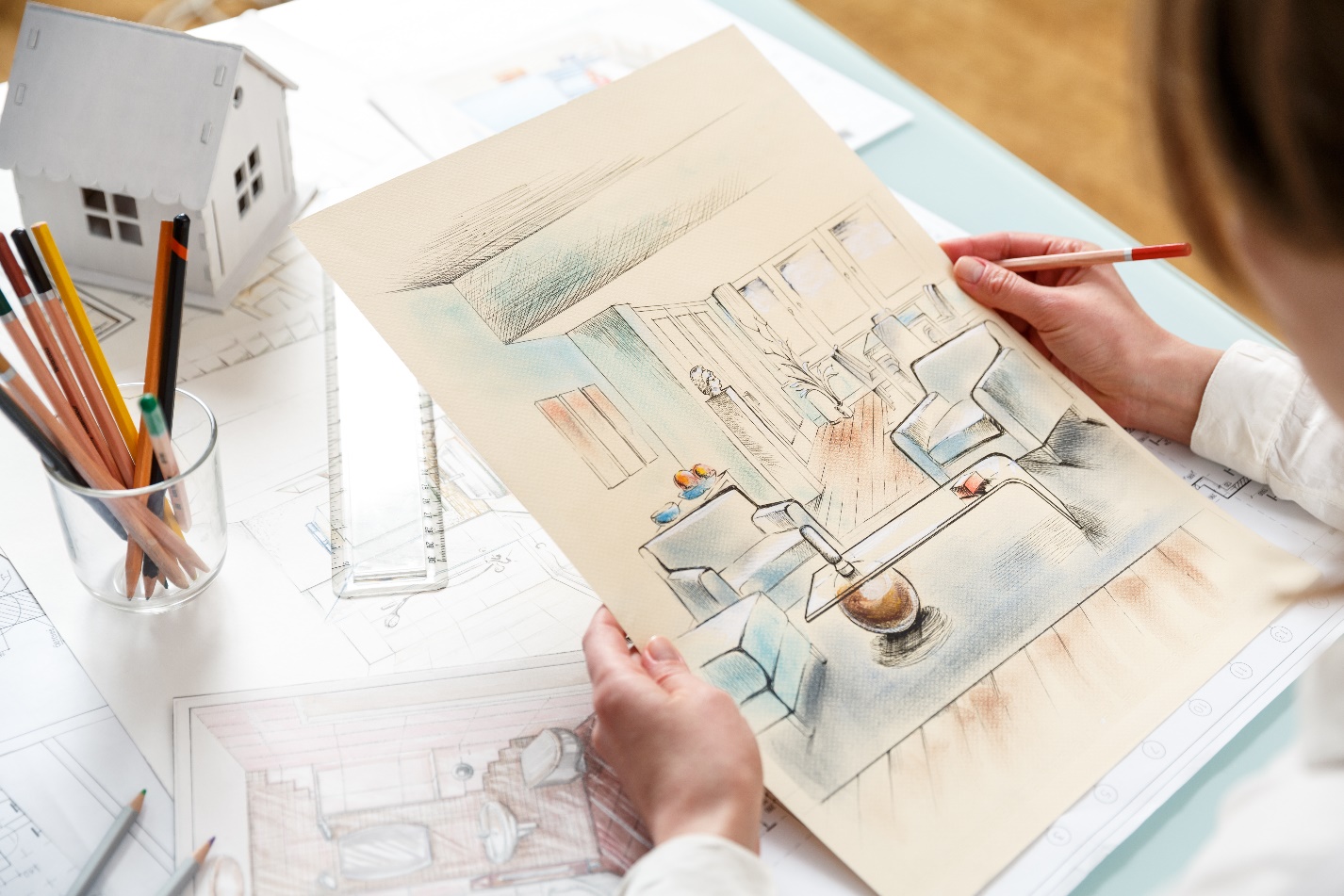
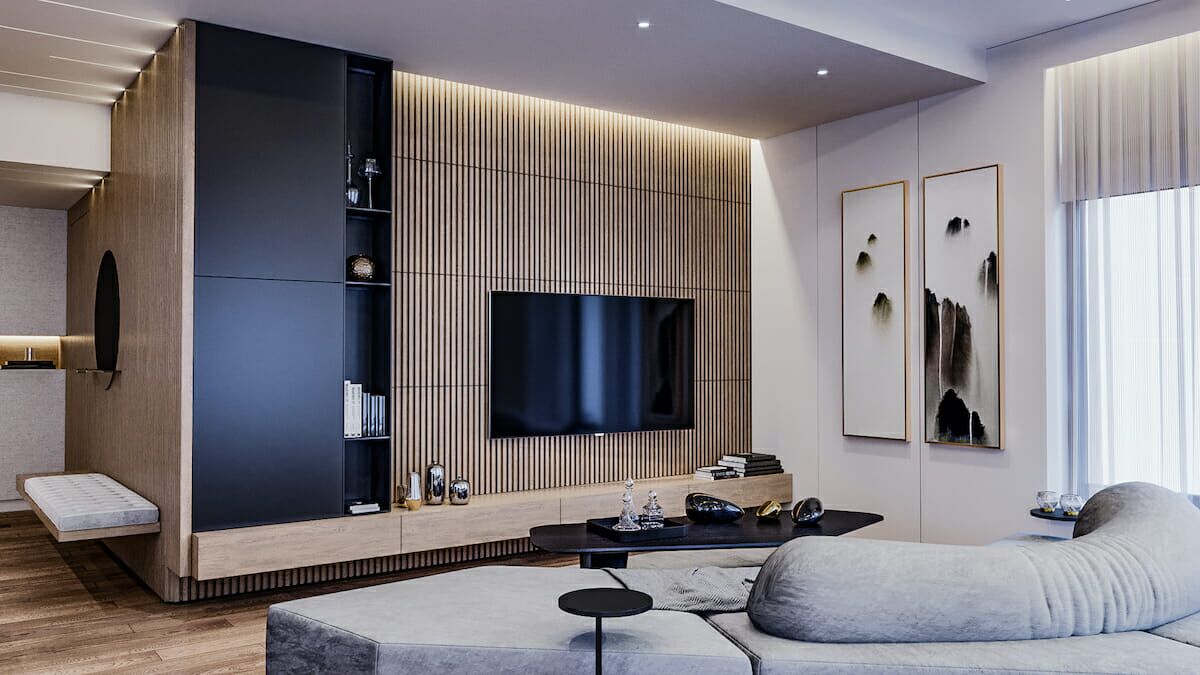
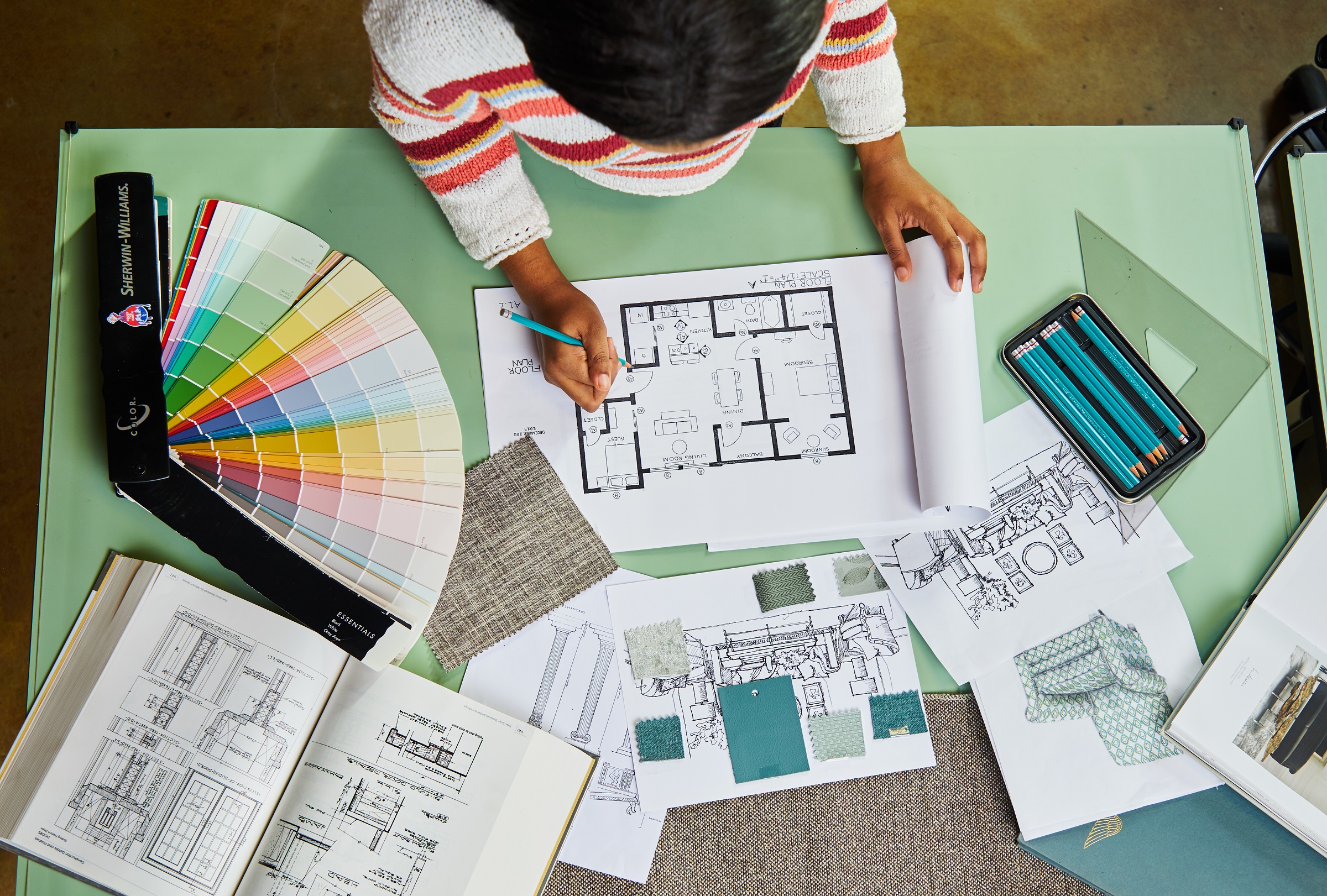
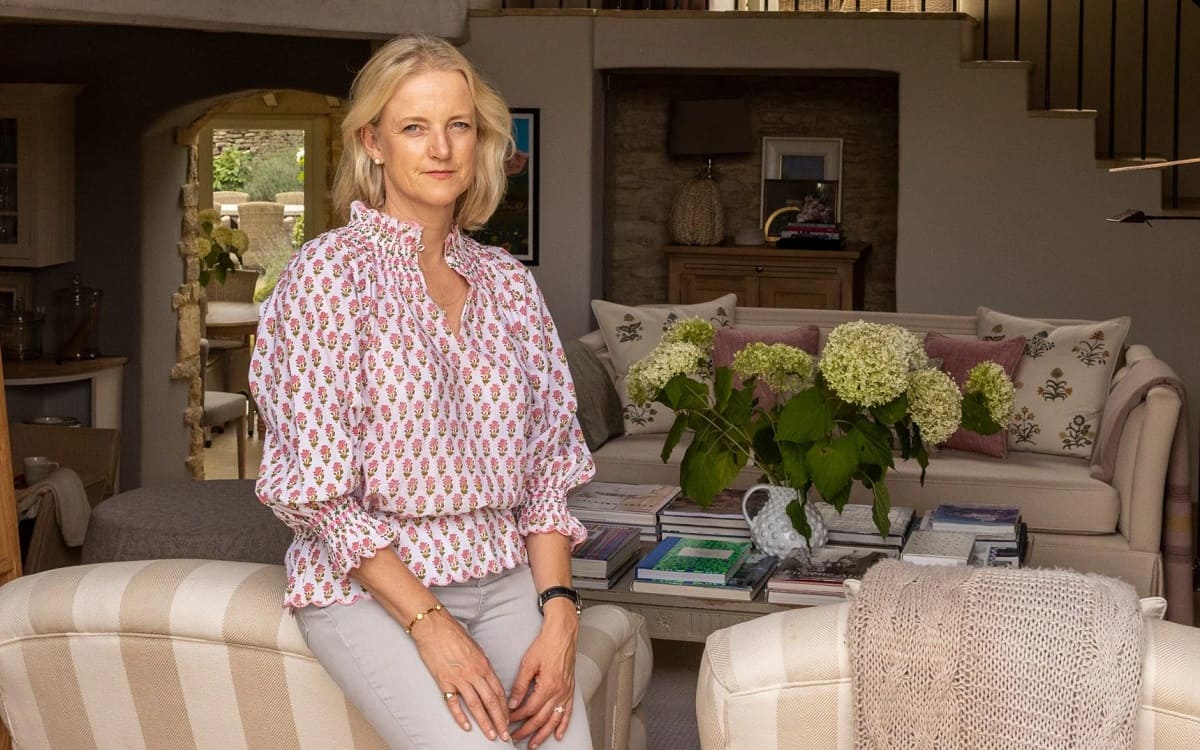
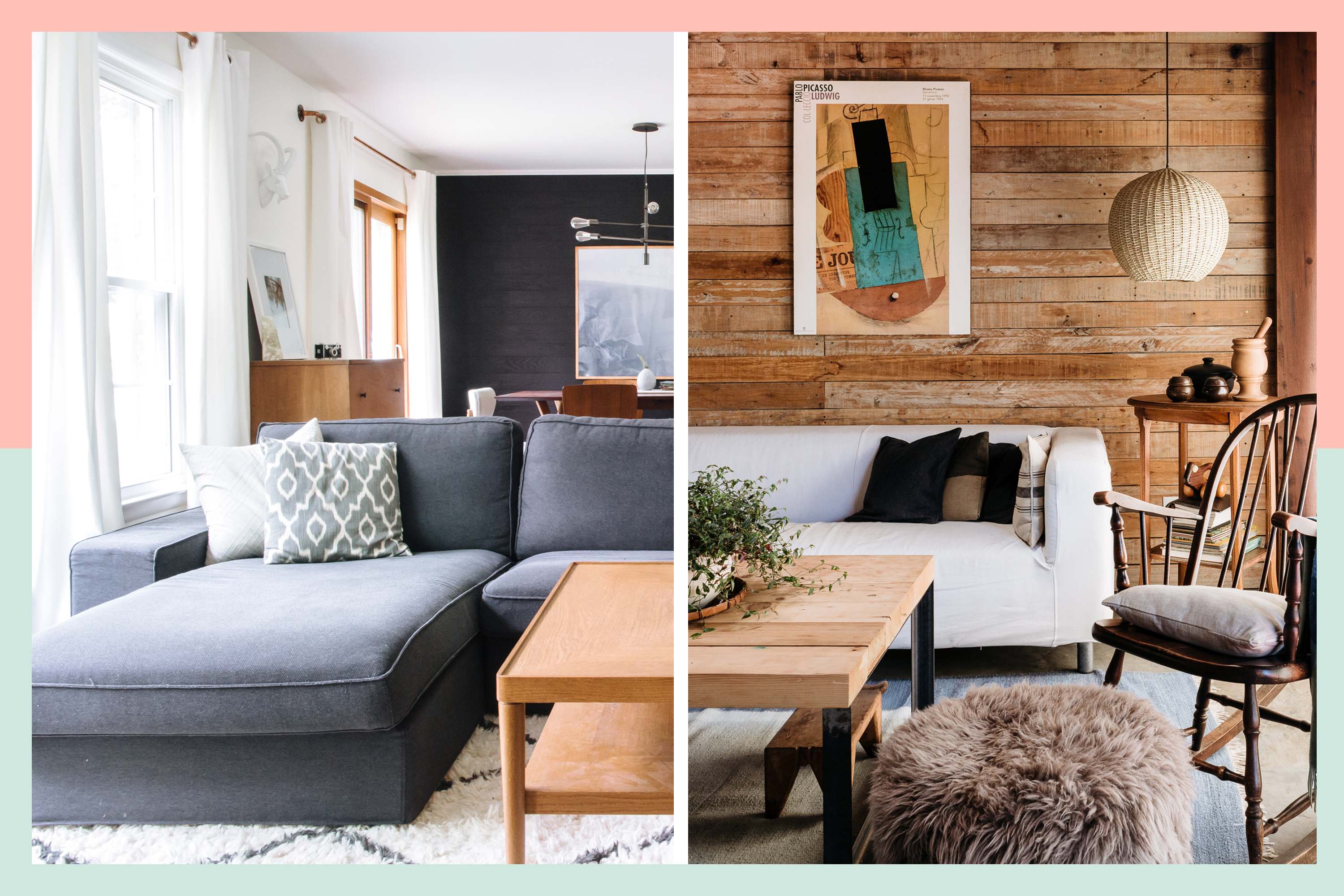

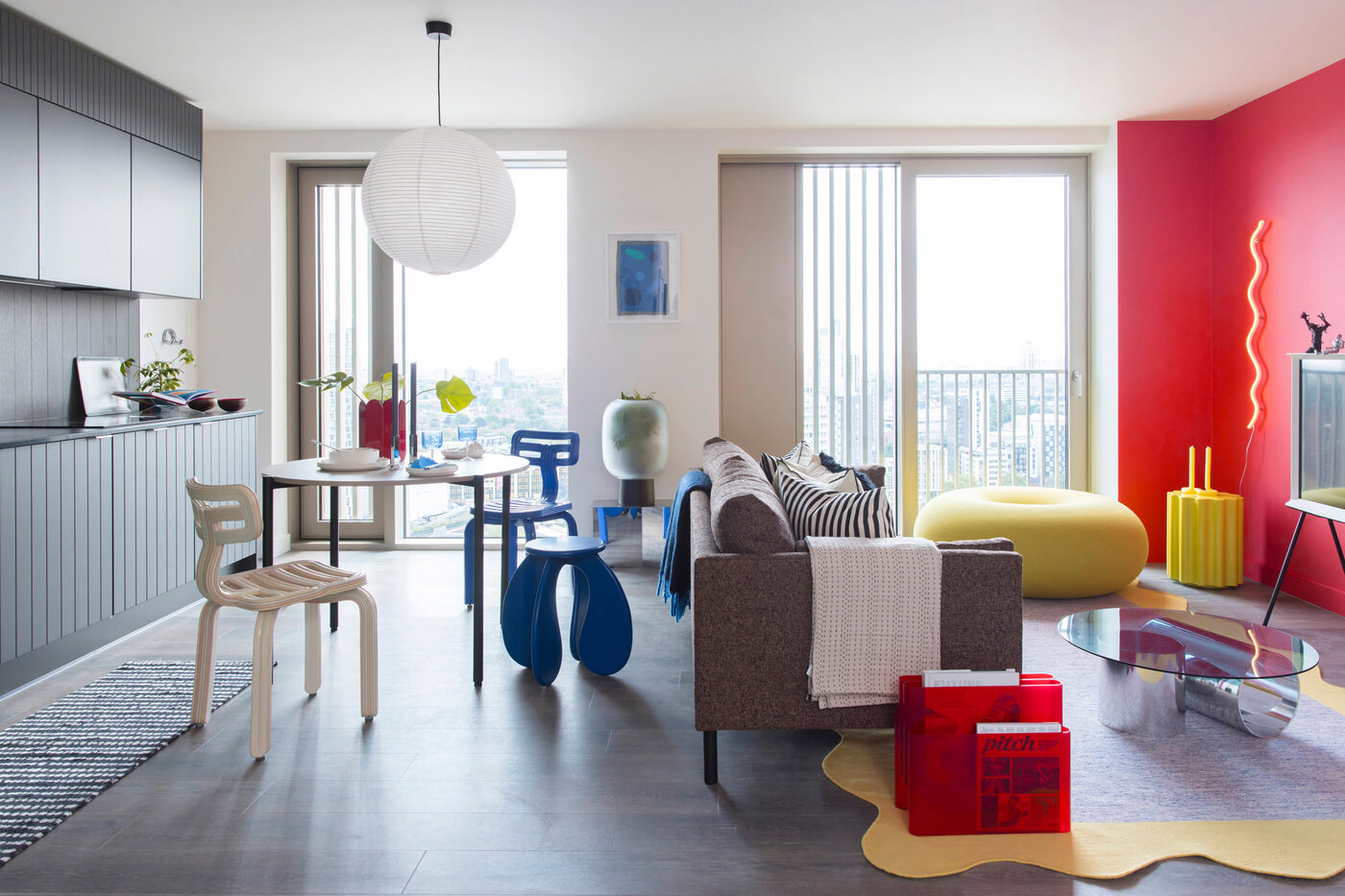
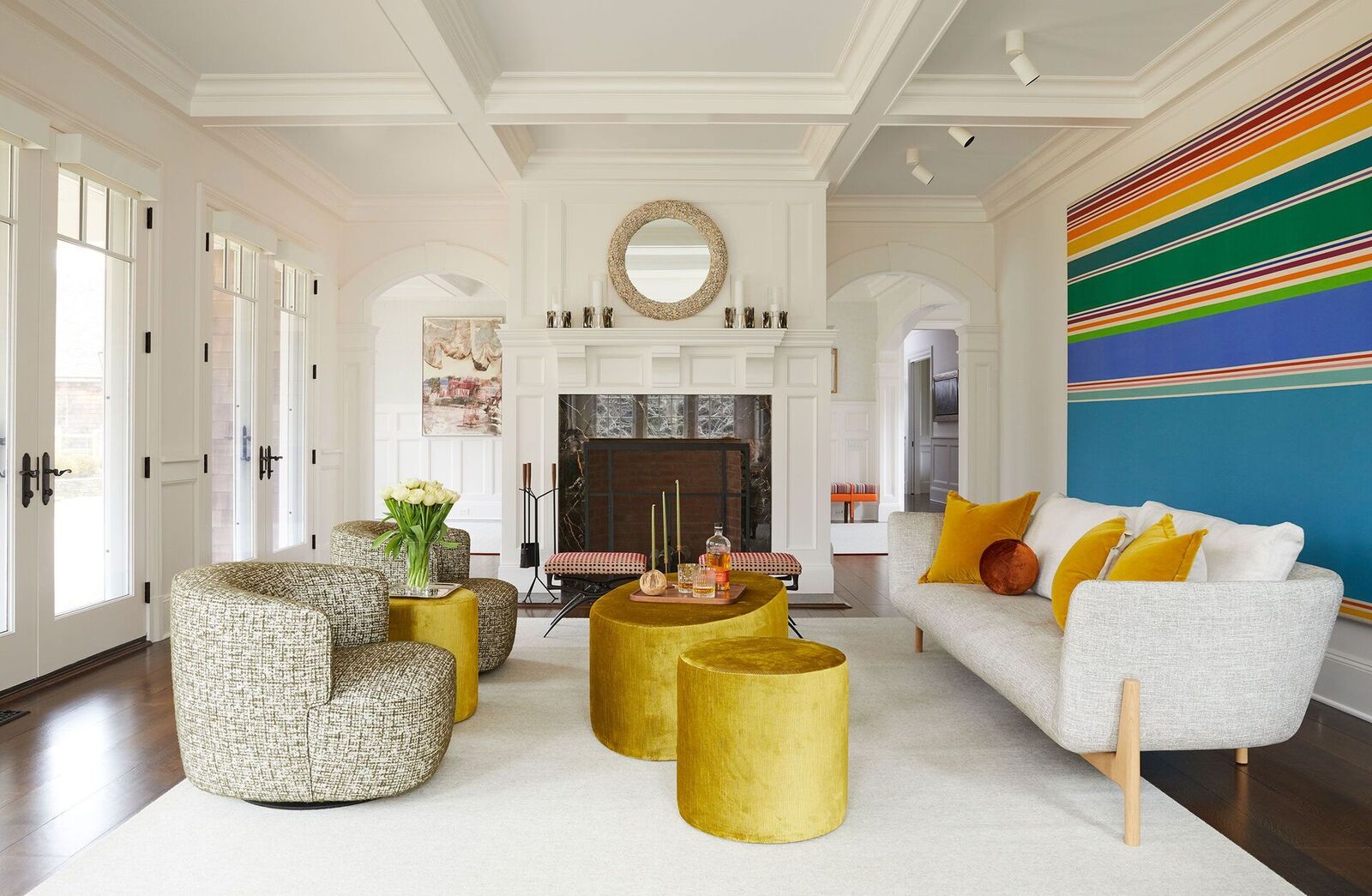

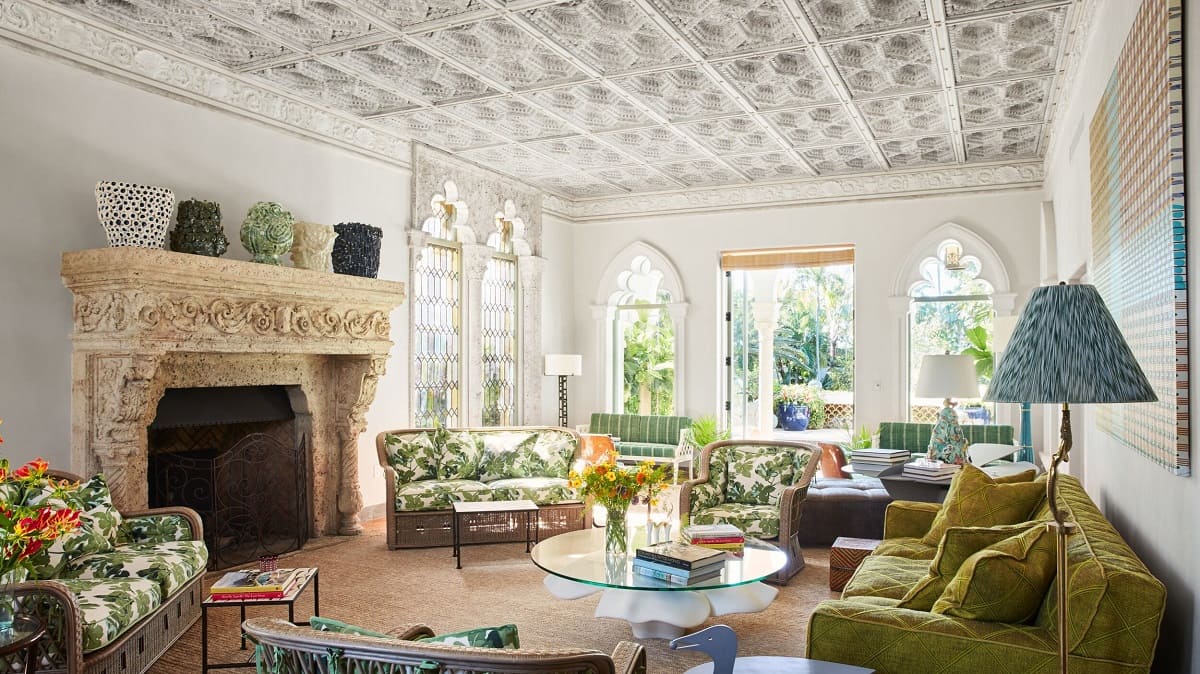
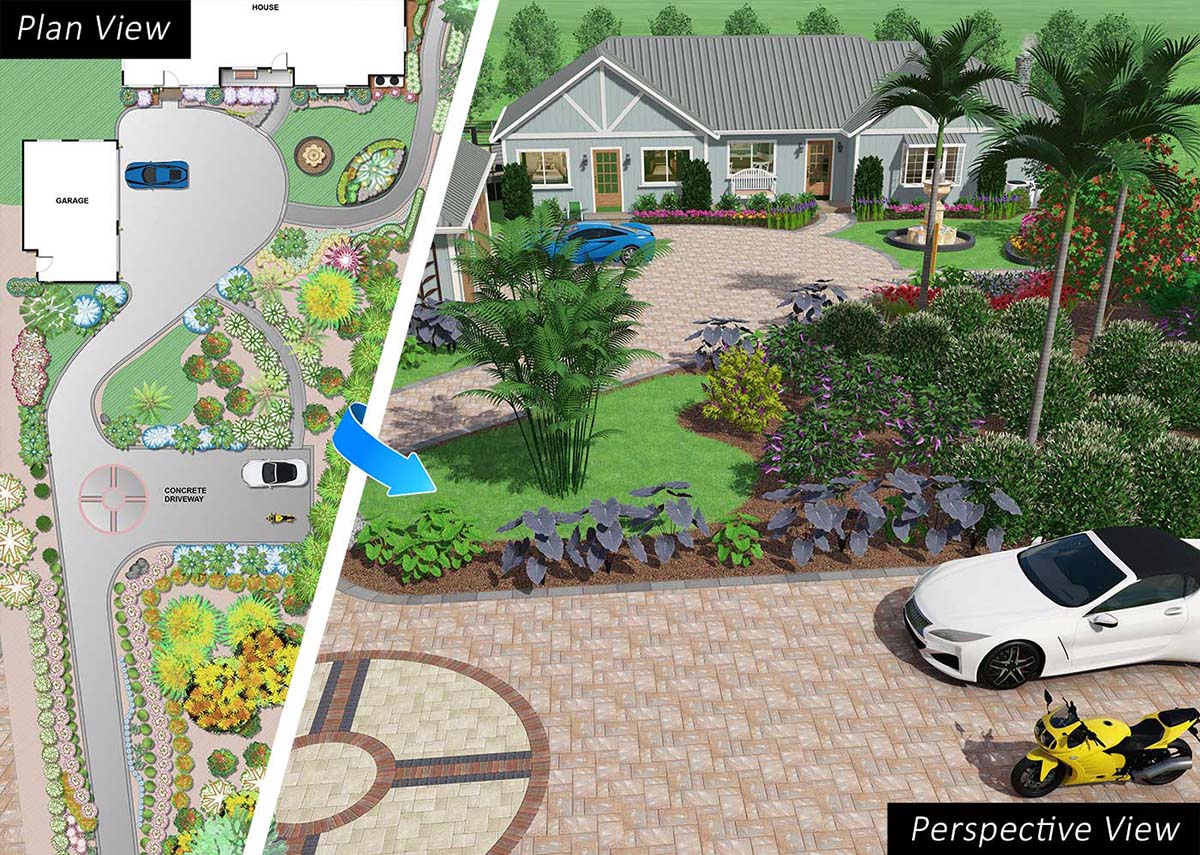
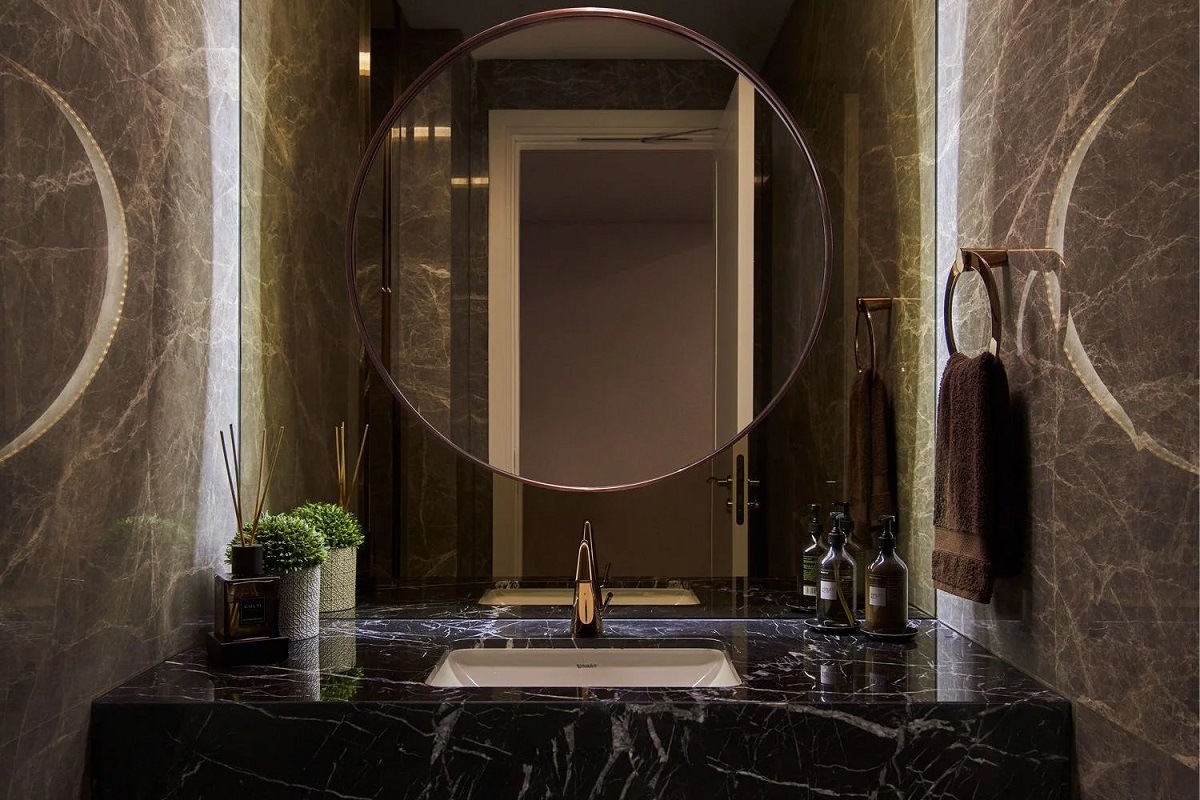

0 thoughts on “How To Get Interior Design Clients”